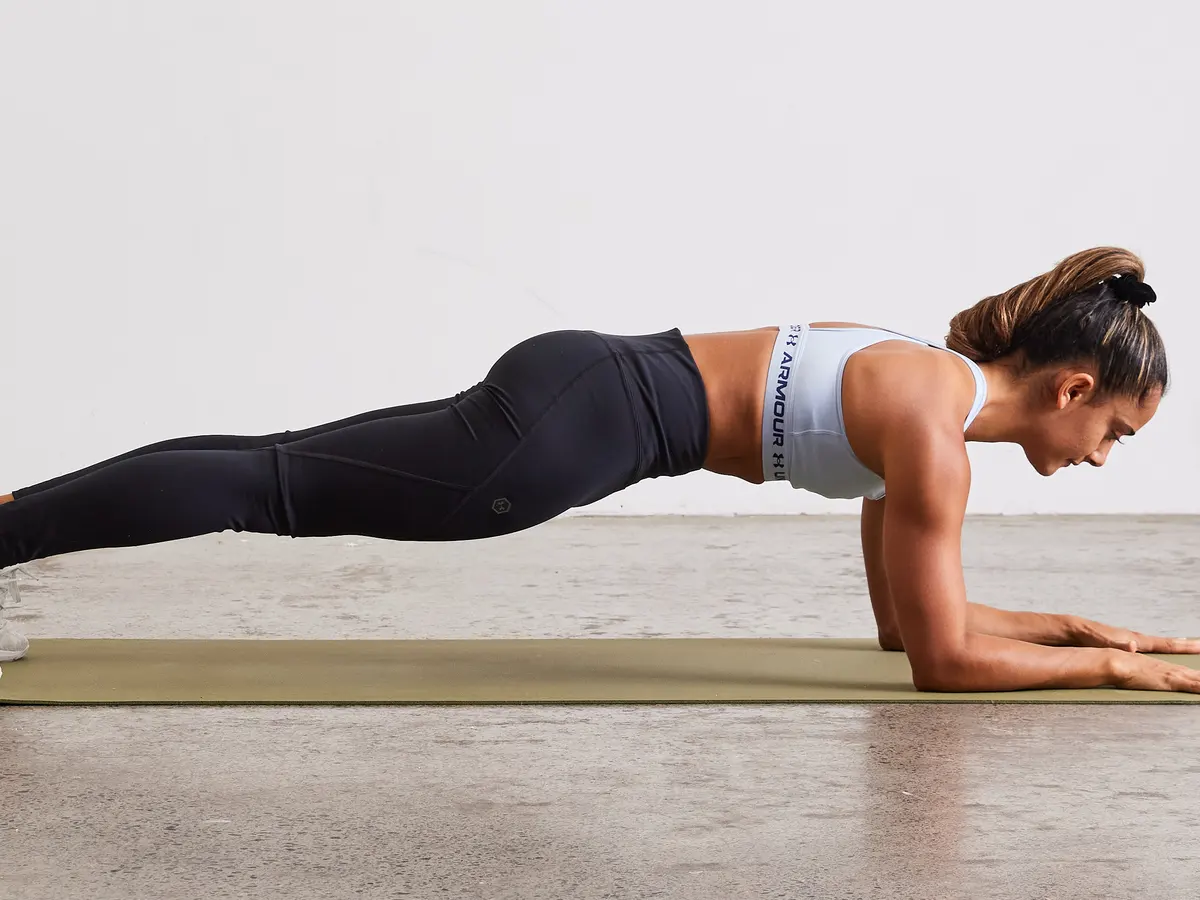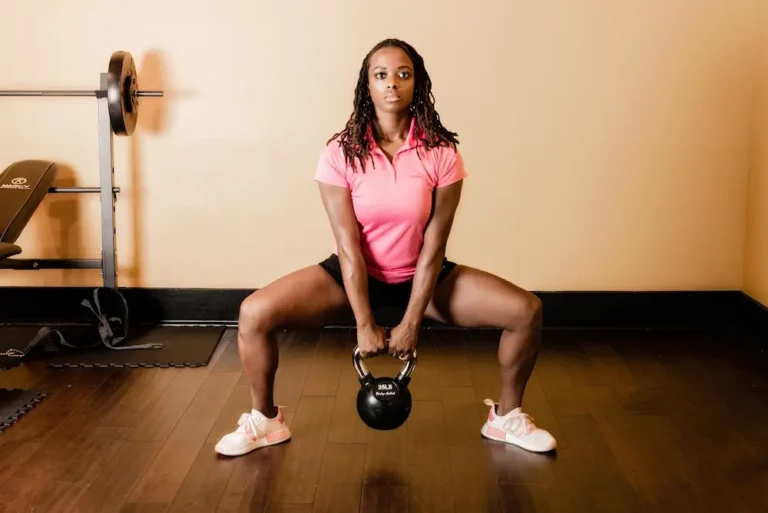Average Plank Time: How Long Should You Hold a Plank?
When it comes to fitness, planks are one of the most popular exercises that people perform to improve their core strength and stability. Planks are a simple yet effective exercise that can be done anywhere without any equipment. But, how long should you hold a plank? What is the average plank time?
According to various studies, the average plank time varies depending on age and gender. On average, a person can hold a plank for around 20-60 seconds. However, this time can increase with regular practice and training. It is important to note that these times are just averages and may vary depending on individual fitness levels and other factors.
Understanding Plank Time
Definition
Plank time is the amount of time a person can hold a plank position, which is a popular core-strengthening exercise. The plank position involves holding a push-up position while resting on your forearms. The exercise targets several muscle groups, including the abs, back, and shoulders.
Importance
Knowing your average plank time can provide valuable insights into your core strength and endurance. According to a study of collegiate athletes aged 18-25, the mean time held in the plank position was 106.15 seconds for females and 117.66 seconds for males. However, it is important to note that these times are averages and can vary depending on several factors, including age, fitness level, and body composition.
Regularly practicing the plank exercise can help improve your core strength, which can have several benefits beyond just aesthetics. A strong core can improve your posture, balance, and overall athletic performance. Additionally, having a strong core can help prevent injuries and reduce lower back pain.
It is recommended to gradually increase your plank time over time, rather than trying to hold the position for as long as possible in one go. Start with holding the plank position for 10-15 seconds and gradually increase the time by 5-10 seconds each week. It is also important to maintain proper form while performing the exercise to avoid injury.
In summary, understanding your average plank time and regularly practicing the exercise can have several benefits for your overall health and fitness.
The Role of Plank Time in Physics
As a virtual assistant, I have learned that plank time is the smallest unit of time in the universe. It is named after Max Planck, who first introduced the concept in 1899. Plank time is incredibly small, with a value of 5.391247 × 10^-44 seconds.
In Quantum Mechanics
In quantum mechanics, plank time plays a significant role. It is used to measure the time taken for light to travel a single Planck length, which is the smallest distance that can be measured in the universe. Planck time is also used to calculate the time it takes for particles to interact with each other.
In Cosmology
In cosmology, plank time is used to study the origin of the universe. It is believed that the universe was created during the Planck epoch, which lasted for about 10^-43 seconds after the Big Bang. During this epoch, the universe was incredibly small and dense, and its behavior is described by quantum mechanics.
Scientists use plank time to study the behavior of the universe during this epoch. They use it to calculate the time it took for the universe to expand from the Planck length to its current size. The Planck time is also used to study the formation of black holes, which are believed to form when a massive star collapses to a size smaller than the Planck length.
To conclude, plank time plays a crucial role in physics, particularly in quantum mechanics and cosmology. It is the smallest unit of time in the universe and is used to study the behavior of particles and the universe itself during the Planck epoch.
Calculating Plank Time
Formulas
To calculate your average plank time, use the following formula:
Average Plank Time = Total Time Held / Number of Attempts
For example, if you held a plank for 60 seconds on your first attempt, 70 seconds on your second attempt, and 80 seconds on your third attempt, your total time held would be 210 seconds. To calculate your average plank time, divide 210 seconds by 3 attempts, which equals 70 seconds.
Another formula you can use is:
Average Plank Time = (Time Held 1 + Time Held 2 + Time Held 3 + ... + Time Held n) / n
This formula is useful if you have held a plank for more than three attempts.
Examples
Let’s say you want to improve your average plank time. Here are some examples of how you can use the formula to track your progress:
- Week 1: Attempt 1 – 30 seconds, Attempt 2 – 35 seconds, Attempt 3 – 40 seconds. Total time held = 105 seconds. Average plank time = 35 seconds.
- Week 2: Attempt 1 – 40 seconds, Attempt 2 – 45 seconds, Attempt 3 – 50 seconds. Total time held = 135 seconds. Average plank time = 45 seconds.
- Week 3: Attempt 1 – 50 seconds, Attempt 2 – 55 seconds, Attempt 3 – 60 seconds. Total time held = 165 seconds. Average plank time = 55 seconds.
By tracking your progress using the formula, you can see that you have improved your average plank time by 20 seconds in just three weeks.
Remember to always maintain proper form while holding a plank. This means keeping your body in a straight line from head to heels, engaging your core muscles, and avoiding sagging or arching your back. As you improve your plank time, you can also try different variations of the plank to challenge your core muscles even more.
Plank Time Versus Other Time Units
When it comes to measuring time in a plank position, there are a few different units that can be used. Here are some of the most common time units and how they compare to each other:
- Seconds: This is the most common unit for measuring plank time. The average plank time for a person is around 60-90 seconds, but some people can hold a plank for several minutes.
- Minutes: If you want to challenge yourself and increase your plank time, you can start measuring in minutes. For example, you could aim to hold a plank for 2-3 minutes instead of just 60 seconds.
- Hours: While it might seem crazy, there are actually people who can hold a plank for several hours at a time. The current world record for a plank is just under 10 hours!
It’s important to note that the average plank time can vary widely depending on factors like age, fitness level, and gender. For example, men tend to have a slightly longer average plank time than women. However, with practice and training, anyone can improve their plank time regardless of these factors.
In addition to measuring plank time, it’s also important to focus on proper form and technique. Holding a plank for a long time is impressive, but if your form is poor, you could be putting yourself at risk for injury. Make sure to engage your core muscles, keep your back straight, and avoid arching or sagging.
Implications of Plank Time
In Theoretical Physics
In theoretical physics, plank time is a fundamental unit of time that is used to measure the smallest possible amount of time that can exist in the universe. A plank time is equal to 5.39 × 10^-44 seconds. This incredibly small unit of time is used to describe the behavior of subatomic particles and the early moments of the universe’s creation.
In the context of the average plank time, it is interesting to consider the implications of the fact that even the shortest measurable unit of time is still longer than the average time that most people can hold a plank. This highlights just how small the plank time is, and how difficult it is to measure time at such a small scale.
In Practical Applications
In practical applications, the average plank time can be used as a benchmark for measuring core strength and endurance. While the world record for the longest plank is over 9 hours, most people will struggle to hold a plank for more than a few minutes.
For athletes and fitness enthusiasts, the average plank time can be used to track progress and set goals for improving core strength and endurance. By gradually increasing the amount of time that they can hold a plank, individuals can improve their overall fitness and reduce their risk of injury.
In addition to its use in fitness, the average plank time can also be used in physical therapy and rehabilitation. By measuring an individual’s plank time, therapists can assess their core strength and develop personalized exercise plans to help them recover from injuries or improve their overall physical health.
Overall, the average plank time has important implications for both theoretical physics and practical applications in fitness and healthcare. By understanding the significance of this seemingly simple exercise, individuals can improve their overall health and wellbeing.
Conclusion
In conclusion, the average plank time varies depending on age and fitness level. According to the search results, individuals under 20 years old can hold a plank for 1-2 minutes, while those between 20-29 years old can hold it for 1 minute 30 seconds. Individuals between 30-39 years old can hold a plank for 1 minute, while those between 40-49 years old can hold it for 50 seconds. Those between 50-59 years old can hold a plank for 40 seconds, while individuals 60 years and older can hold it for 30 seconds.
It is important to note that these times are just averages, and individuals may be able to hold a plank for longer or shorter periods of time depending on their fitness level and other factors. It is also important to listen to your body and not push yourself too hard, as this can lead to injury.
To improve your plank time, it is recommended to practice regularly and focus on building core strength. This can be achieved through exercises such as planks, crunches, and other core-focused workouts. Additionally, maintaining a healthy diet and staying hydrated can also improve your overall fitness and help you hold a plank for longer periods of time.
Overall, the plank is a great exercise for building core strength and improving overall fitness. By practicing regularly and focusing on building core strength, individuals can improve their plank time and achieve their fitness goals.







